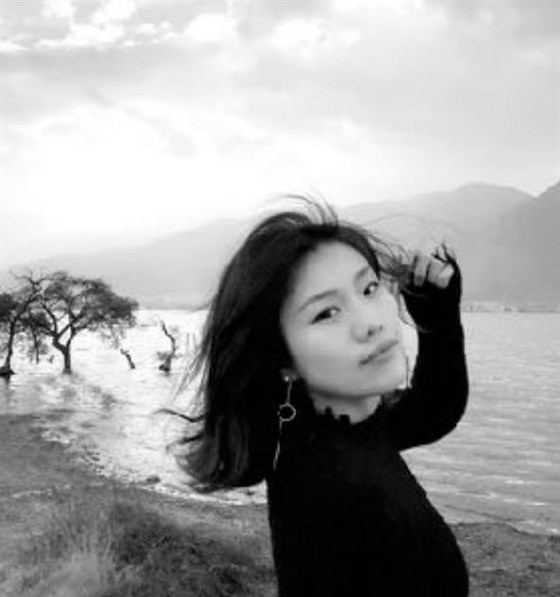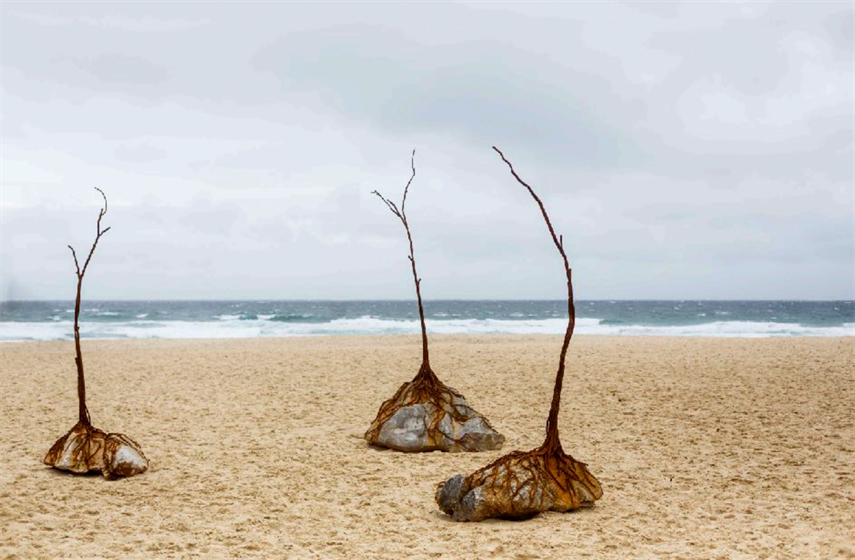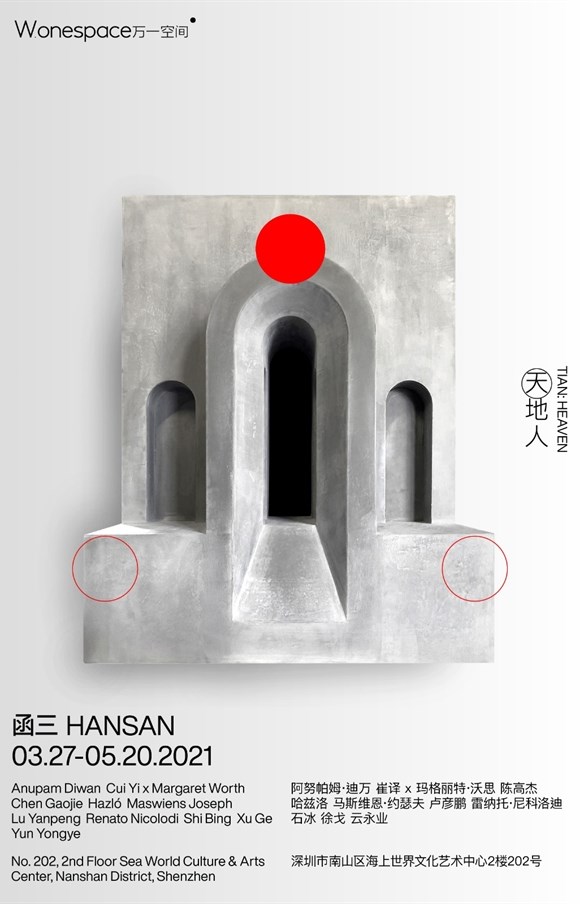Cui Yi
Cui Yi, Graduated from China Academy of Art in Sculpture and Public Art college as MFA in 2016. During the period, she studied as an exchange student at Klasse Löbbert Studio of the Art Institute of Munster, Germany. Her works have been exhibited and collected in major cities in China as well as Germany, France, Italy, Australia and other countries. In 2019, Cui Yi won the 10th New Star Art Award Annual Academic Award and Australian Arts Council funding. In 2017, she participated in the Venice Armance Curaguna Art Award. In the same year, she won the Most Popular Award in the 3rd Nanjing International Art Exhibition. She has participated in the Sculpture by the Sea Bondi four times and won the Emerging Artist Award for Exhibition.
Cui Yi described her recent artistic practice from the perspective of individual experience to reality in the context of “Public Subjects in daily lives, of as far as the eye can see one's own and some of the" performing "social space, she tends to express and experience the " physical presence ", to explore how to use "material " in the body perception to build bridges between oneself and others. At the same time, in the process of urbanization, she pays attention to the daily material media of the consumer society, tries to cruise in the resulting point-like experience, and practices a kind of garden-style perceptual transformation.
Cui Yi, Graduated from China Academy of Art in Sculpture and Public Art college as MFA in 2016. During the period, she studied as an exchange student at Klasse Löbbert Studio of the Art Institute of Munster, Germany. Her works have been exhibited and collected in major cities in China as well as Germany, France, Italy, Australia and other countries. In 2019, Cui Yi won the 10th New Star Art Award Annual Academic Award and Australian Arts Council funding. In 2017, she participated in the Venice Armance Curaguna Art Award. In the same year, she won the Most Popular Award in the 3rd Nanjing International Art Exhibition. She has participated in the Sculpture by the Sea Bondi four times and won the Emerging Artist Award for Exhibition.
Cui Yi described her recent artistic practice from the perspective of individual experience to reality in the context of “Public Subjects in daily lives, of as far as the eye can see one's own and some of the" performing "social space, she tends to express and experience the " physical presence ", to explore how to use "material " in the body perception to build bridges between oneself and others. At the same time, in the process of urbanization, she pays attention to the daily material media of the consumer society, tries to cruise in the resulting point-like experience, and practices a kind of garden-style perceptual transformation.
| Hu Bin Executivedeputy director of Guangzhou Academy of Art Museum, Curator, well-known art critic |
Generally speaking, the "body" often discussed in contemporary art is not only a material existence, but also a cultural product. At present, all kinds of factors are invading our body and mind, the atmosphere, the environment, the landscape, the epidemic diseases, the popular media. Far, near, visible, invisible. It is as if we have been swept into a huge, indescribable whirlpool that engulfs us in all directions, leaving us with no place for our hearts or bodies. For artists, this physical touch is profound, and they convey this experience from different perspectives in their own works. Cui Yi, a young artist, is one of them. Cui Yi graduated from the Sculpture and Public Art college of China Academy of Art. She also has experience of overseas exchange and exhibition. Her constant focus is on the experience and expression for "physical presence." However, her monologue is not about the body. Rather, it relates this expression to the experience of "public" in the consuming society and urban landscape, thus deducing her unique perceptual transformation of the environment. How could body be at present? Does it signify the experience of direct physical involvement, or does it provide the field and atmosphere of physical presence? Judging from Cui's translations, she seems to prefer a physical presence of invisibility. There is no intuitive body in the works "Gap Space" "The rest, the last, I’m present NO.1" and "Breeding Bed," but there exist iron beds. Some are mattresses, some are bed frames, this intimate objects suggest the presence of the body, but she broke the object's privacy, and connected it to the symbol of the urban landscape upheaval "ruins." The bricks enter the texture of the bed, which is placed in a messy demolition site or in the middle of nowhere. Such a conflict combination and replacement makes people deeply appreciate the loneliness, absurdity and nothingness of being in a fleeting environment. Of course, she is not trying to be rigid and tough, but sometimes flexible and poetic. For example, in "Waltz" and "Garden Tour," we almost believe that she built a poetic field with plants, cement and steel bars, stepping on the relaxed melody in the winding path of the "garden" in the stroll. However, the opposition of material and the intervention of realistic factors force people to aware a sense of dreaming disillusionment. It is in such a pull between dream and reality that enables her work to reflect a delicate luster. In addition, in these two works, she attempts to construct an ensemble field where media and forms are interchanged, Green plants, wire, earth, cement, steel ready-made products, flower pots, pulp, artificial turf, picture frames, acrylic paintings that mimic the color of cement and rust. Natural, artificial and industrial elements correspond to each other but misfit together, thus, she complete a "reshuffle" quietly, in the local conditions of the environment. As a female artist, we can also see what Cui Yi called "The presence of body." Instead of treating the body as a symbol of society or a battleground for gender power, as many female artists do, she takes the exit for the physical body and gives shape to the perception and experience of the body. The experience of the flesh is the source of creation. In her early works, there are many that use a certain bone or part of the body as an element. In describing the characteristics and tension of life, she also incorporated some organ forms which represented the source of power. But what she intentionally constructs is a field that unfolds from an individual perspective, spreading like a root system, transparent and open, connecting the common experience of the vast social space, but filling the poetic atmosphere of the artist's secret information. She says: “The physical presence in the space makes it possible for some perceptual knowledge limited by language to be transmitted. The body language system is often rooted in people's common life experience. In a given situation, the experience of the body includes not only the spoken part of the speaking language, but also the common and poetic 'unspoken' emotion.” In this way, she reconstructs with individual sensual action and material order, through interweaving the privacy and public, individual experience and social scene, which often belong to different points of field, and breaks our habitual perception of everyday life. |



